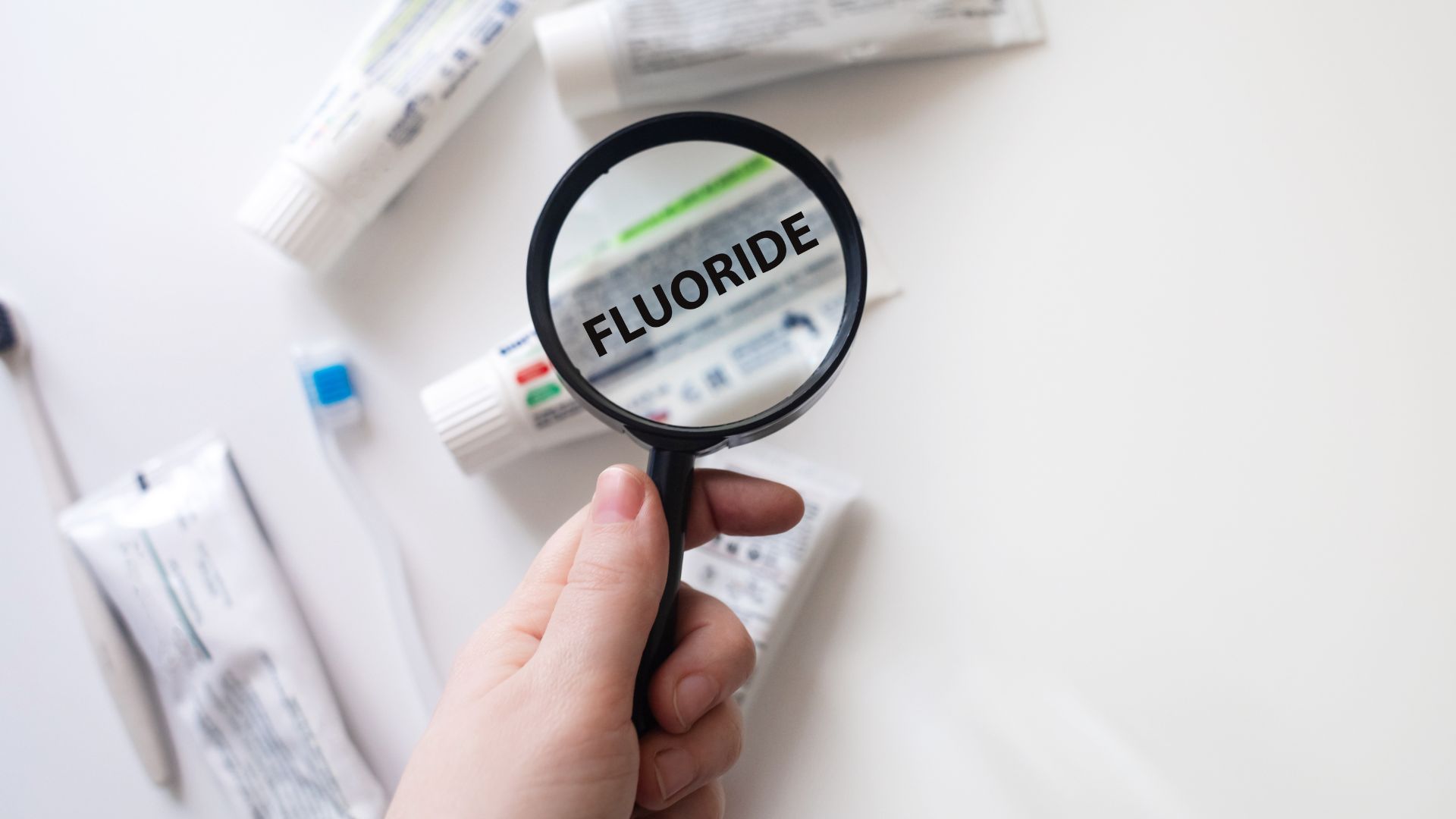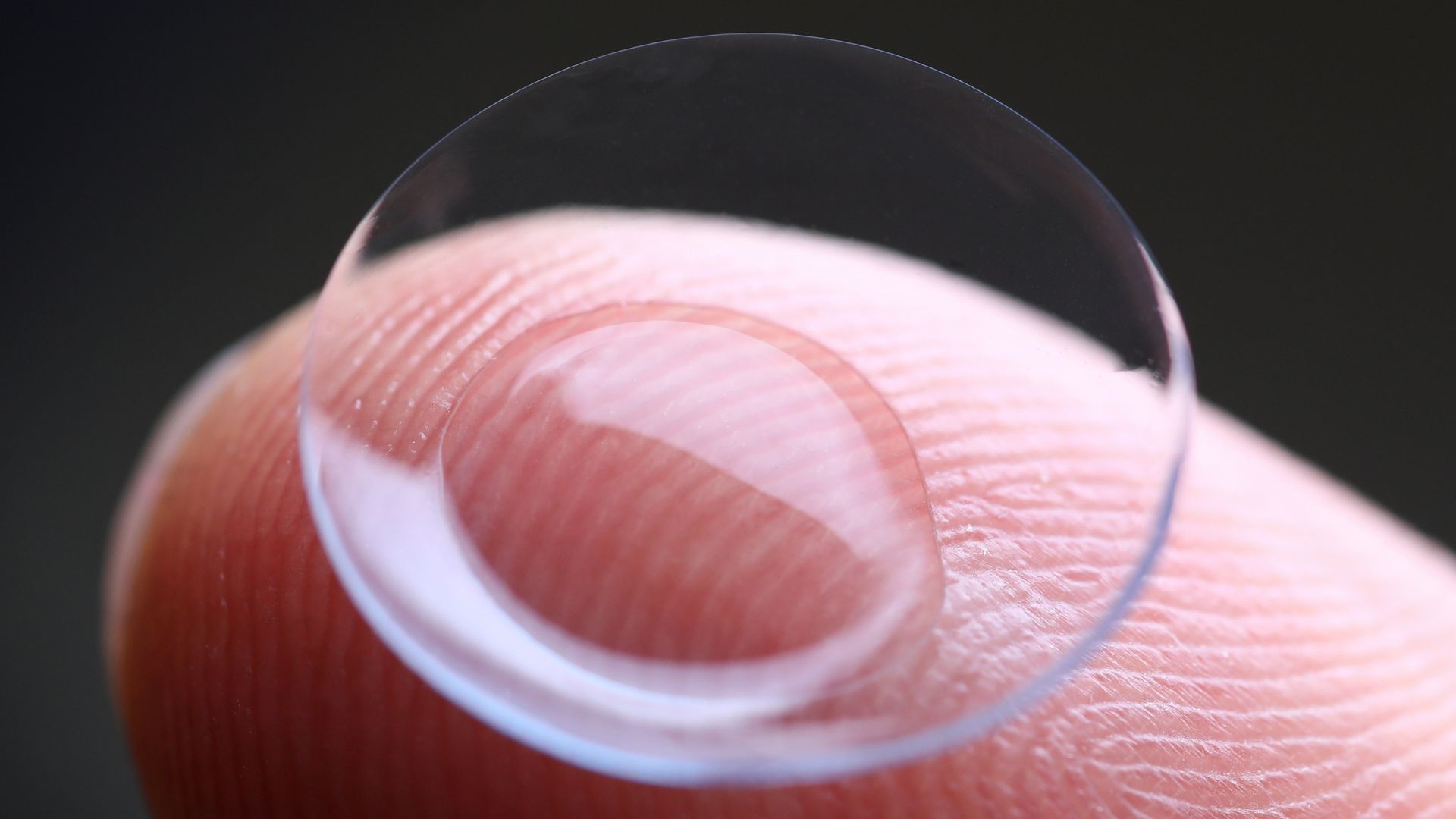Fluoride treatments, whitening kits & other oral care products can fall under complex FDA regulations depending on their ingredients & claims. Whether classified as medical devices, drugs or cosmetics, manufacturers must understand these distinctions to ensure compliance with labeling, registration & safety requirements.
Failure to properly classify or label products can lead to Import Alerts, detentions & costly enforcement actions. A strategic approach to FDA compliance is essential for successful US market entry.
How the FDA Classifies Fluoride & Whitening Products
Dental products may fall into one of several FDA regulatory categories:
- Medical Devices (Class I or II): Includes fluoride varnishes, mouthguards with fluoride release, or LED whitening devices. These require Establishment Registration, Medical Device Listing & sometimes 510(k) clearance.
- Over-the-Counter (OTC) Drugs: Products with fluoride or hydrogen peroxide at certain concentrations may be regulated as drugs, requiring OTC monograph compliance or a New Drug Application (NDA).
- Cosmetics: Non-medicated rinses or whitening toothpastes without therapeutic claims fall under cosmetic rules & must comply with labeling & ingredient safety standards.
Key Steps for US Market Entry
To legally distribute fluoride & whitening products in the US, manufacturers must:
- Register the Establishment: All manufacturers must register with the FDA.
- List the Product: Depending on classification, list with either the medical device or drug database.
- Comply with UDI Requirements: If classified as a device, products must include a Unique Device Identifier.
- Ensure Labeling & Advertising Compliance: Claims must be evidence-based; language like “FDA approved” can trigger enforcement if not accurate.
Common Compliance Challenges & Solutions
Case Study: Fluoride Rinse Misclassified as a Cosmetic
A company marketed a fluoride-based rinse as a cosmetic, but fluoride’s therapeutic role made it an OTC drug. This caused:
- Launch delays due to relabeling & reformulation.
- Additional drug listing & monograph compliance steps.
- A 513(g) request to clarify classification.
Case Study: Whitening Kit Detained for Labeling Violations
A European firm importing a whitening kit used misleading claims like “FDA approved” & “professional results guaranteed.”
- The product was detained.
- The company revised its claims & removed approval language.
- Regulatory support was needed to release the shipment.
Additional Considerations for Manufacturers
- FDA User Fees: Required for drug or device classifications; Small Business Fee Assistance may apply.
- Import Alerts: Repeated violations may result in product bans.
- Certificate to Foreign Government (CFG): Often needed for exports.
- Health Canada Licensing: MDEL may be required for Canadian distribution.
Postmarket Compliance Obligations
Once on the market, continued compliance is essential:
- eMDR Reporting: Report adverse events involving medical devices.
- FOIA Requests: Research competitor product classifications.
- Medical Device Master File: Useful for proprietary formulas or components.
- Regulatory Consulting: Helps adapt to ongoing FDA changes.
Whitening Compliance Strategy for Long-Term Success
Bringing fluoride, whitening & other oral care products to the US requires more than quality—it requires clear classification, labeling compliance & proactive regulatory strategy. Manufacturers that get it right from the start minimize risks & build consumer trust in a competitive market.








